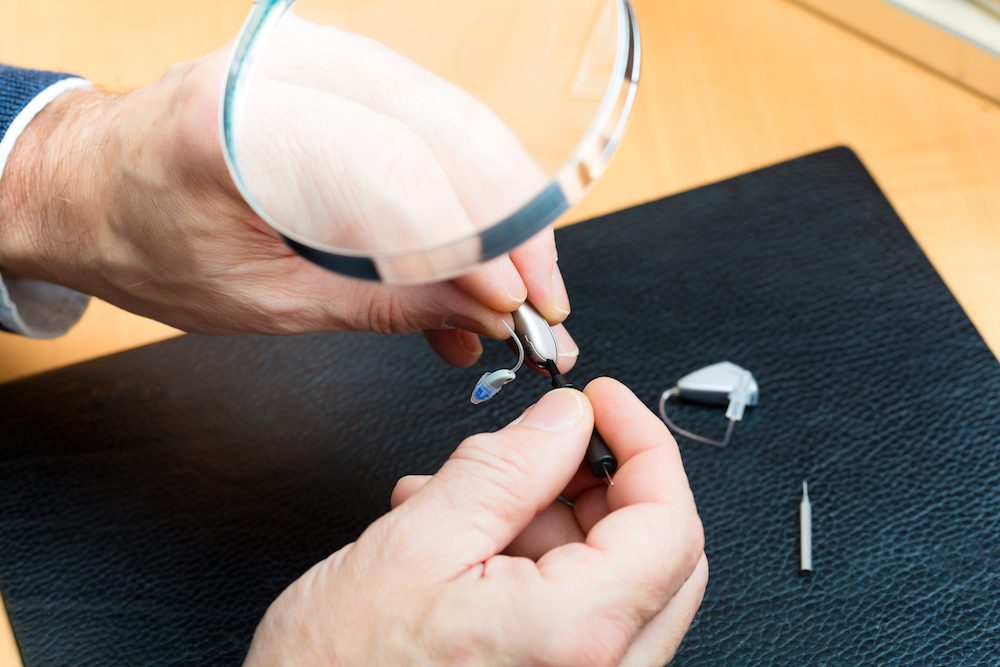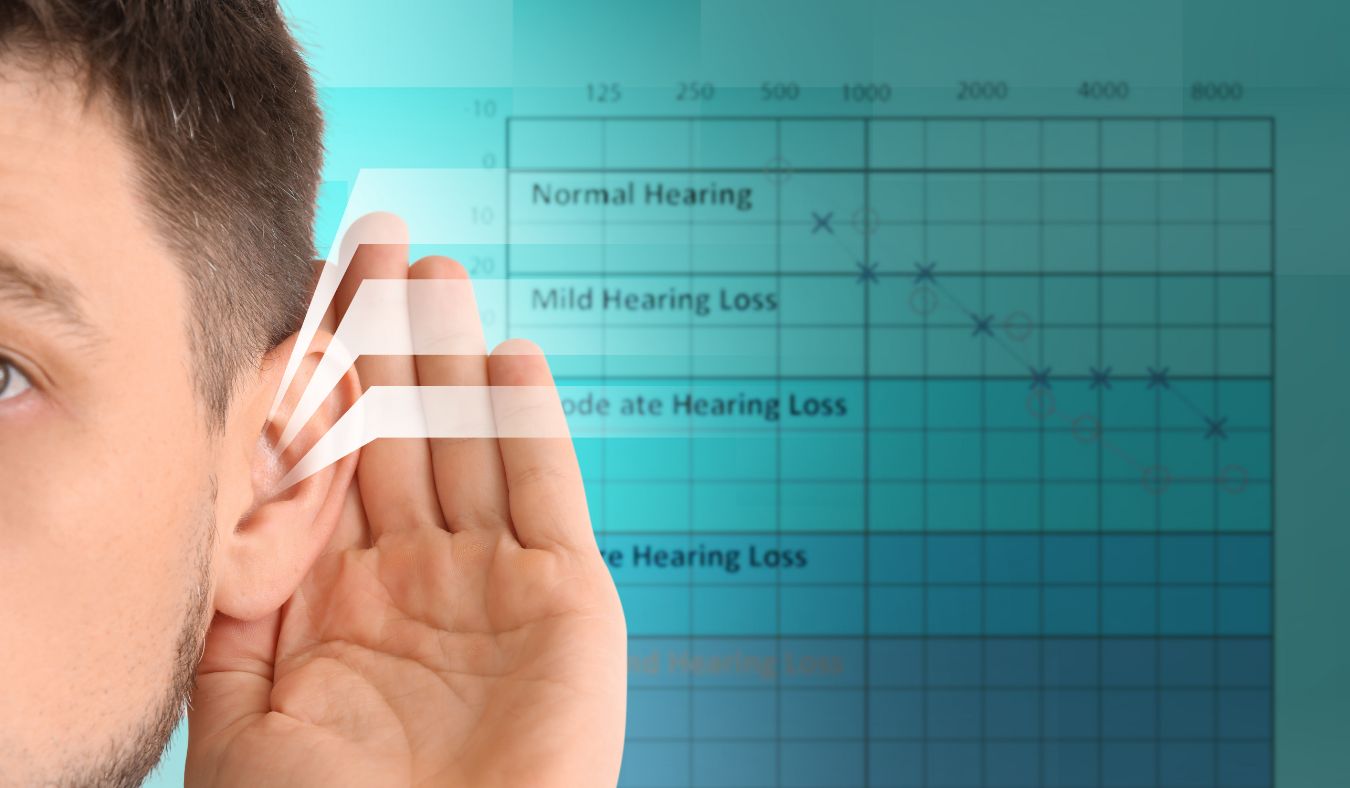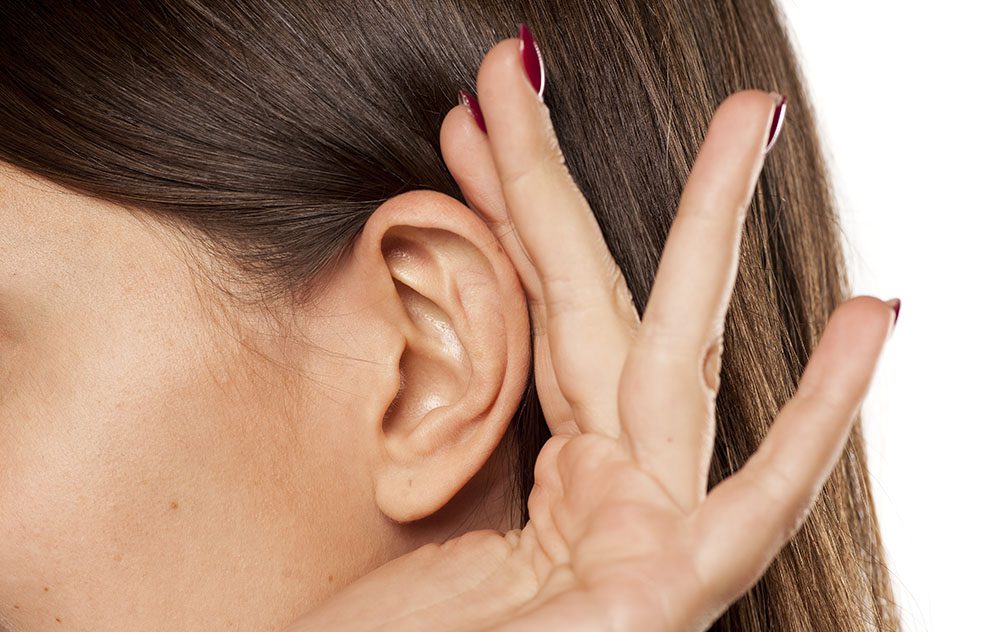How is Wearable Technology Used in Hearing Health
Smart watches, fitness trackers and health monitors have become everyday


Smart watches, fitness trackers and health monitors have become everyday

In today’s digital world, health solutions are often just a click

We’re going to take a look at 10 things you can do at work to make it a